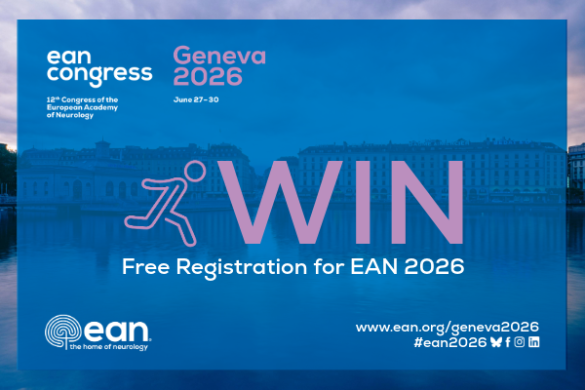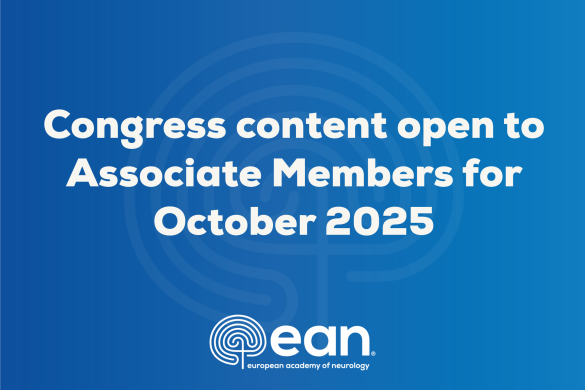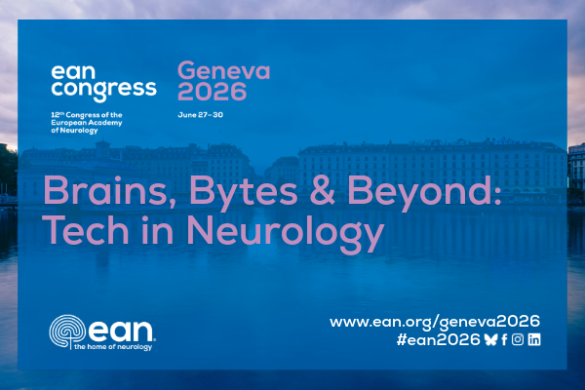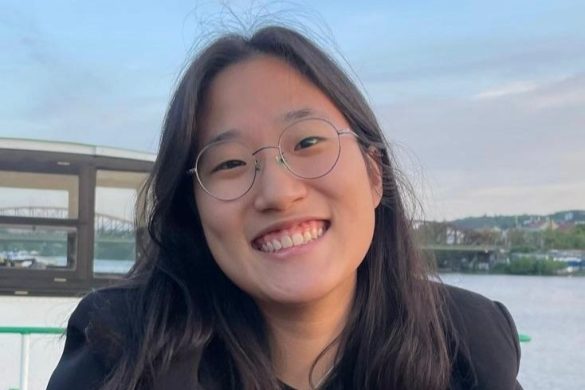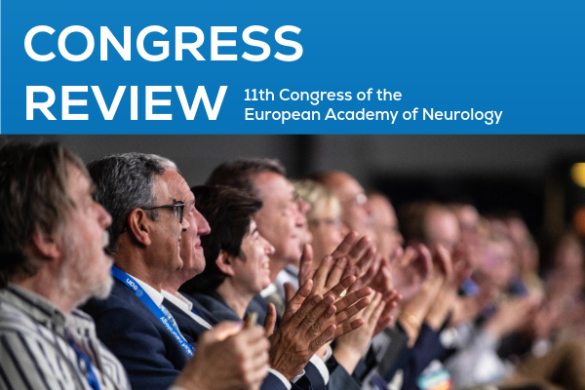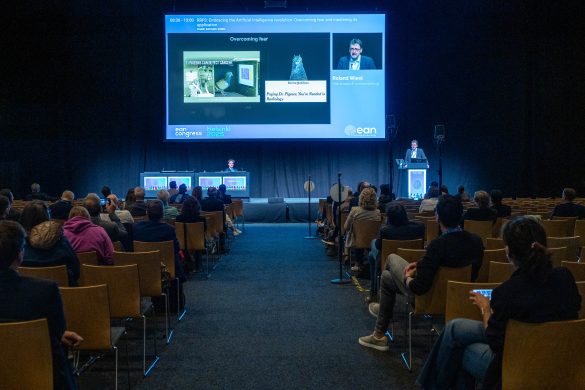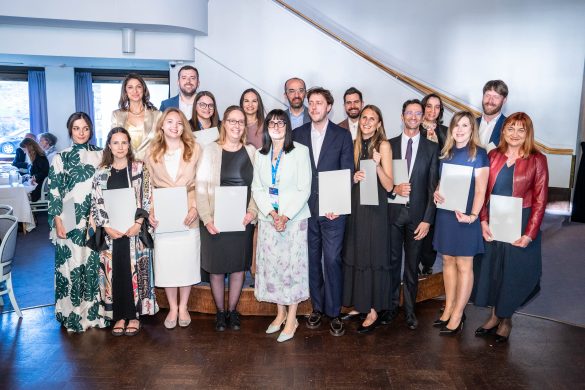Symposium 6
ESO-EAN: Acute Stroke: New opportunities and challenges for neurologists.
Hall A, Mon, 2016-05-30, 14.45-16.45
Chairpersons
Danilo Toni, Rome, Italy
Christina Kruuse, Copenhagen, Denmark
Intracranial large vessel occlusions: how to recognise them as fast as possible
Patrik Michel, LAUSANNE, SWITZERLAND
Prof. Michel started his talk with an overview about the importance of time to reperfusion in acute stroke therapy and the consequent need for adequate criteria for patient selection for comprehensive stroke centres in the era of thrombectomy. This introduction was followed by an extensive review of the scores for large vessel occlusion prediction, highlighting that a large proportion of patients are missed when the published cut-offs are applied. The new ASTRAL occlusion score was also presented. The conclusions emphasized the need for further improvement and validation of these scores and the recommendation to obtain CTA/MRA as soon as possible.

Anterior and posterior circulation: mind the differences
Daniel Strbian, ESPOO, FINLAND
This lecture focused in the specificities of ischemic stroke in the posterior circulation. Prof. Strbian highlighted the diagnostic challenges associated with the difficult recognition of most of symptoms, the lack of appropriate prehospital scores, which are mostly designed to detect strokes occurring in the anterior circulation, and the higher rate of false negatives in CT and MRI. Treatment was also discussed, including the time window for recanalization in basilar artery occlusion and the lower rates of haemorrhagic transformation in patients receiving thrombolysis.
Pathway of acute stroke: how to reduce the ‘pit-stops’ of acute stroke
Danilo Toni, ROME, ITALY
After an overview of the elements involved in prehospital and intrahospital phase, Prof. Toni indicated possible problems that might occur in both stages and made several recommendations for overcoming those barriers. The need for regular educational campaigns and organisational efforts to shorten intrahospital delays were emphasized.
Who should treat acute large vessel occlusions: neurologists, radiologists or neuro-interventionists?
Christine Kremer, MALMÖ, SWEDEN
Although highlighting the importance of multidisciplinary teamwork in the treatment of acute large vessel occlusions, Prof. Krems indicated in a systematic way the strengths and limitations of each of these specialities in performing endovascular treatment. This overview was followed by a description of the recently published multisociety consensus guidelines on the training for endovascular stroke intervention. (#ean2016)
Diana Aguiar de Sousa, MD, Lisbon, Portugal





